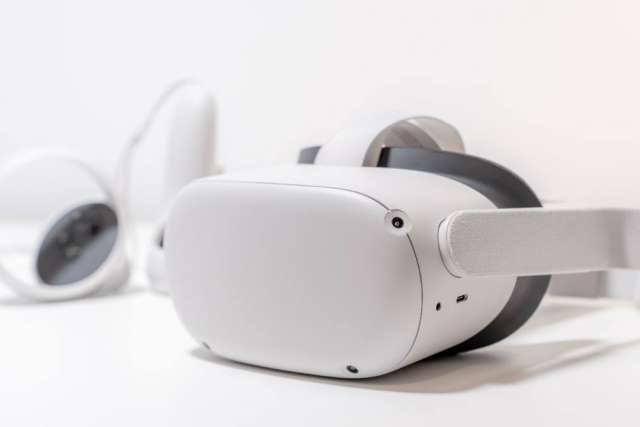Dear Doctors: I’m having hand surgery next year to help with carpal tunnel, and I’m not thrilled about having anesthesia. I’ve been reading about surgeons whose patients use virtual reality headsets to need less anesthesia. Does that really work?
Dear Reader: The use of anesthesia during surgical procedures dates back to antiquity. The historical record shows that the Incas used extracts of plants like datura and coca to reduce pain and induce unconsciousness, and early Chinese physicians offered patients opium-laced potions. Centuries later, efforts to refine and improve the process continue. And small wonder.
Anesthesia is a complex practice with multiple, and sometimes conflicting, objectives. The treatment must sedate the patient and suppress their pain response but not interfere with the body’s critical physiological functions, including heartbeat, breathing and maintaining steady blood pressure. While modern anesthesia is safer than ever before, it still carries an element of risk. That’s why research into novel drugs and new techniques continues.
For the past several years, that research has included inquiries into the use of virtual reality, or VR, as an add-on therapy. This approach is being explored in conjunction with what is known as regional anesthesia. Unlike general anesthesia, where the patient is completely unconscious, someone undergoing regional anesthesia is sedated, but remains conscious. Nerve blocks are used to inhibit sensation from a specific and limited part of the body. The technique is often used in surgery on an extremity, such as an arm, hand, leg or foot.
Because the patient remains awake during regional anesthesia, managing their stress and anxiety is crucial. Many patients receive sedation so they can relax or even doze off during the procedure. With the advent of computer-generated virtual reality, which uses special headsets to plunge the user into an immersive 3D world, researchers began to wonder if it might lessen a surgical patient’s need for sedation.

At the end of the study, the data showed that the patients who used VR headsets during their surgery needed markedly less sedation than did the VR-free control group. Additionally, the post-surgical recovery period for the VR group, during which patients wait for the effects of sedation to wear off, was significantly shorter.
While the research is promising, it’s important to note that the surgical teams and the patients understood that VR might lessen the need for sedation, and this could have influenced the outcomes. In your own case, it’s crucial that you discuss your concerns about anesthesia with your surgeon. Understanding the process, the risks and the benefits can help allay your concerns.
(Send your questions to [email protected]. Owing to the volume of mail, personal replies cannot be provided.)



